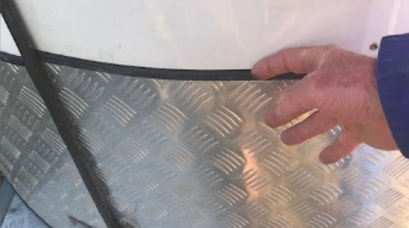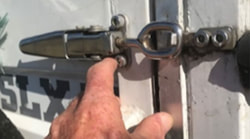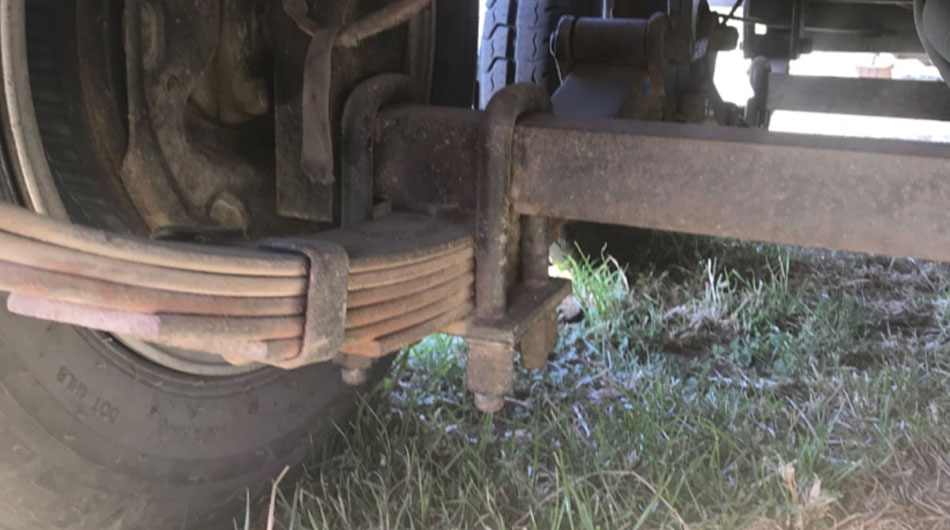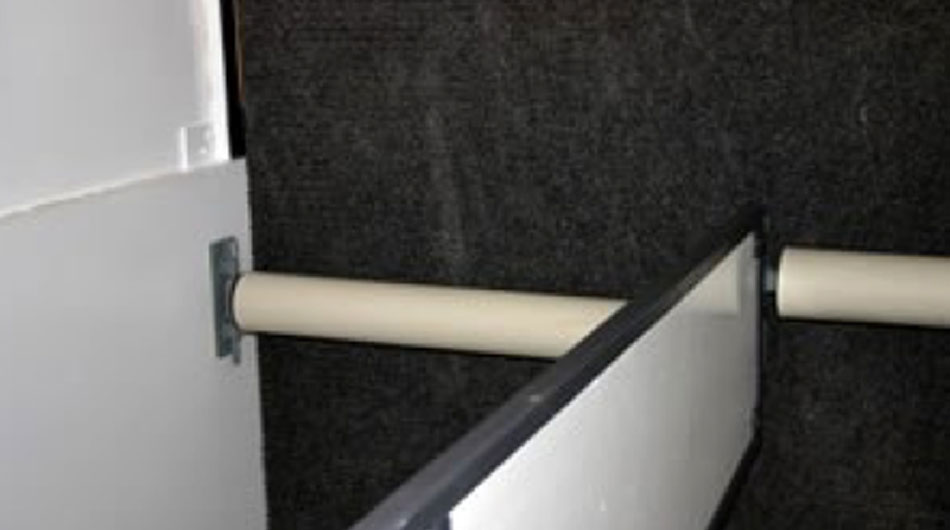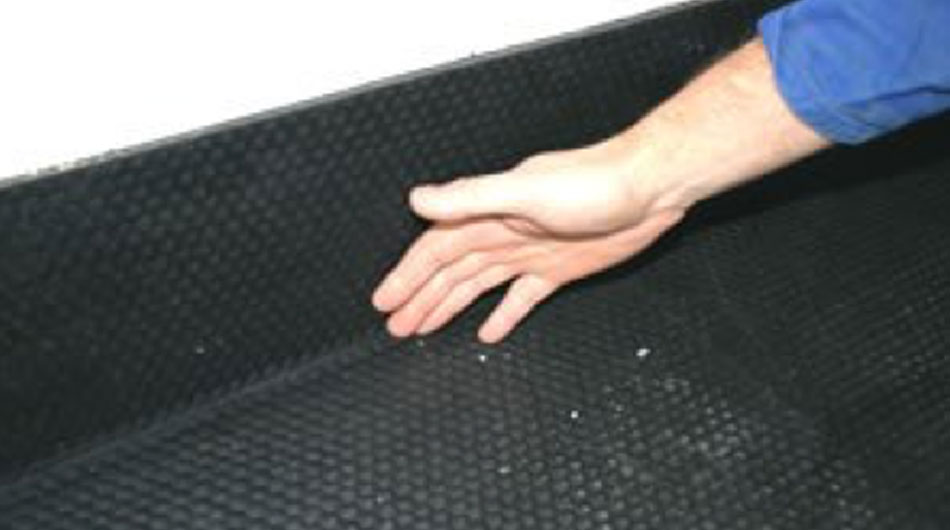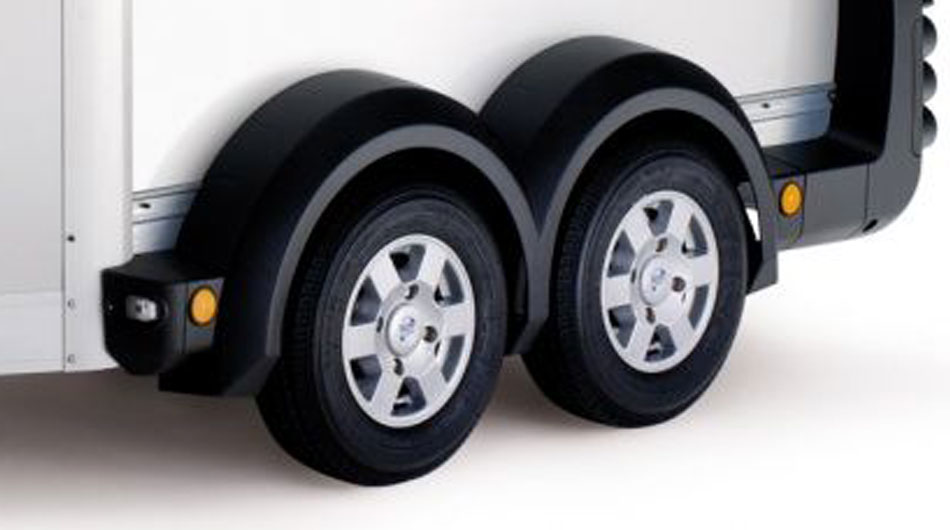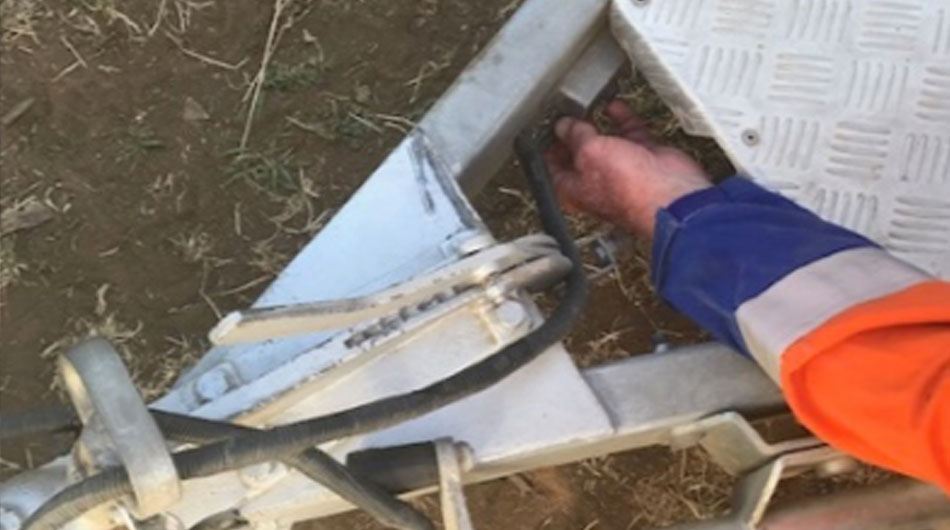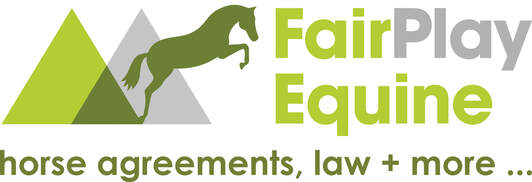Guide to Buying a Horse Float
By Megan Gundesen FairPlay Equine Founder/Director www.horseagreements.co.nz
It’s easy to get frustrated when searching for a solid, affordable second-hand horse float.
They are as scarce as hens teeth. Anyone advertising a well-priced float fitted with brakes and comparatively free of rust could sell a dozen every weekend.
They are as scarce as hens teeth. Anyone advertising a well-priced float fitted with brakes and comparatively free of rust could sell a dozen every weekend.
Unfortunately, many floats advertised are without brakes and have serious rust problems requiring expensive repairs. Inspect carefully to buy something sound and reliable. Or, at the very least, know what repairs are necessary to bring it up to scratch. The upside is - when it’s time to sell, if you’ve maintained it well, you will get good money back.
To start your inspection, look first at the construction.
To start your inspection, look first at the construction.
|
Floor coverings
Check that impervious floor coverings are properly sealed around the edges, as urine or water that penetrates can trigger rust. The surface of the floor is crucial. Many modern floats have rubber or Ruthane floors, which seal the floor surface. This is great for the horse owner, who can hose out the float once the horses are back home. But there is one thing you must bear in mind: if your floor surface is permanent, as in Ruthane or stuck-down rubber, it MUST be watertight! If the watertightness is compromised, then water or urine seeping through may well have trouble drying out. This is a sure recipe for rot and rust. Horse Float Features
Every horse-owner has differing views on what features are desirable or otherwise on a float. There are so many potential traps and, sadly, many older floats come up short in key areas of safety, be it dangerous gaps around the rear gate springs or rear door couplings that can catch a horse’s neck. Some owners are happy with rear chains to keep their horse in when the ramp is dropped; others insist on having bars. A moveable divider between the bays is very handy for loading uncertain horses or for scramblers who need more room to balance themselves. |
Tyres & wheels
Tyres need at least 2mm of tread depth (about matchhead depth) to pass a warrant safety check. Check each tyre for wear. If they’re wearing on either the inside or outside, there is clearly an alignment problem, which might be expensive to fix. If the tyres are wearing excessively in the middle, this is normally a sign of over-inflation. Excessive wear on both outer edges normally means the tyres have been under-inflated. Both these problems are easily remedied but bear in mind that a tyre which is wearing unevenly will usually continue to do so, even once the pressure has been corrected. Check the side-walls of all the tyres for cuts and cracks, which will fail a safety check, even with enough tread depth. Jack up the float, one side at a time. Grab each wheel and check for any sideways motion, which could indicate wear in the wheel bearings. Rotate the wheels with your hands on them and try to sense any roughness in the bearings. Then spin each wheel, which should run smoothly. When you have each side jacked, apply the handbrake lever near the tow coupling. This should bring the braked wheel on each side to an immediate halt. If not, there’s a problem with the brakes. |
Towing
It’s essential you take it for a tow with the vehicle you intend using to pull it. Hook up the float, having first ensured the coupling is compatible with the tow ball. New Zealand has two standards for tow balls and couplings: the metric 50mm version and the imperial 1 7/8 inch. The imperial coupling dominates the market. Do not mix your couplings. You may need to change your tow ball to match the float coupling. Some modern float couplings can be adjusted to accommodate either ball. Check first, or you run the risk of your float coming adrift on the way home. Make sure your tow bar is rated to take the weight of the float (there should be a sticker on the tow bar with its weight rating); and make sure your vehicle is considered capable of towing a float. This may very much depend upon whether the float is braked, or unbraked. Before going anywhere, stand back and survey the “package”. The float should be sitting nice and level, and not exerting too much downward pressure on the tow bar. If the back of your vehicle sinks dramatically with the float attached, there is something seriously wrong with the dynamics of the float. Some four-wheel-drives have raised suspension. This is quite a common modification in Toyota Landcruisers, for example. These raised four-wheel-drives throw a float back on its haunches, which, again, ruins the towing dynamics. If you’re ever buying a four-wheel-drive with the intention of towing a float, it’s probably best to steer clear of those with lifted suspension. |
Independant assistance to buy
There are plenty of buyers around for good floats advertised each weekend, so you may not have the luxury of having a mechanic or engineer check it over on the Monday. If you don’t feel confident in assessing a float yourself, find someone you have confidence in to go with you to view it and make the call.
There are plenty of buyers around for good floats advertised each weekend, so you may not have the luxury of having a mechanic or engineer check it over on the Monday. If you don’t feel confident in assessing a float yourself, find someone you have confidence in to go with you to view it and make the call.
Summary
It pays to do your homework. There seem to be a growing number of horsefloat manufacturers in the market.
Before you go looking for a second-hand float, check out some of the new ones so you’re sure you know what your “ideal” float would cost. This puts you in a far better position to judge whether that $10,000 second-hand float really does represent good buying. Remember that older floats may not have a galvanised chassis. Bear in mind, too, that floats are best to run light truck tyres, which are more expensive than car tyres. If that tandem-axle second-hand float will be needing a new set within a year, it may make the economics look pretty ugly. Bear in mind, too, that many older floats may not have the safety innovations of their newer counterparts.
Not everyone can afford the luxury of a new float. But the last thing any buyer wants is for their second-hand float to end up costing as much as a new one, once they carry out the needed repairs. If you’ve found the ideal float, well done! Enjoy many kilometres of safe travel.
It pays to do your homework. There seem to be a growing number of horsefloat manufacturers in the market.
Before you go looking for a second-hand float, check out some of the new ones so you’re sure you know what your “ideal” float would cost. This puts you in a far better position to judge whether that $10,000 second-hand float really does represent good buying. Remember that older floats may not have a galvanised chassis. Bear in mind, too, that floats are best to run light truck tyres, which are more expensive than car tyres. If that tandem-axle second-hand float will be needing a new set within a year, it may make the economics look pretty ugly. Bear in mind, too, that many older floats may not have the safety innovations of their newer counterparts.
Not everyone can afford the luxury of a new float. But the last thing any buyer wants is for their second-hand float to end up costing as much as a new one, once they carry out the needed repairs. If you’ve found the ideal float, well done! Enjoy many kilometres of safe travel.


